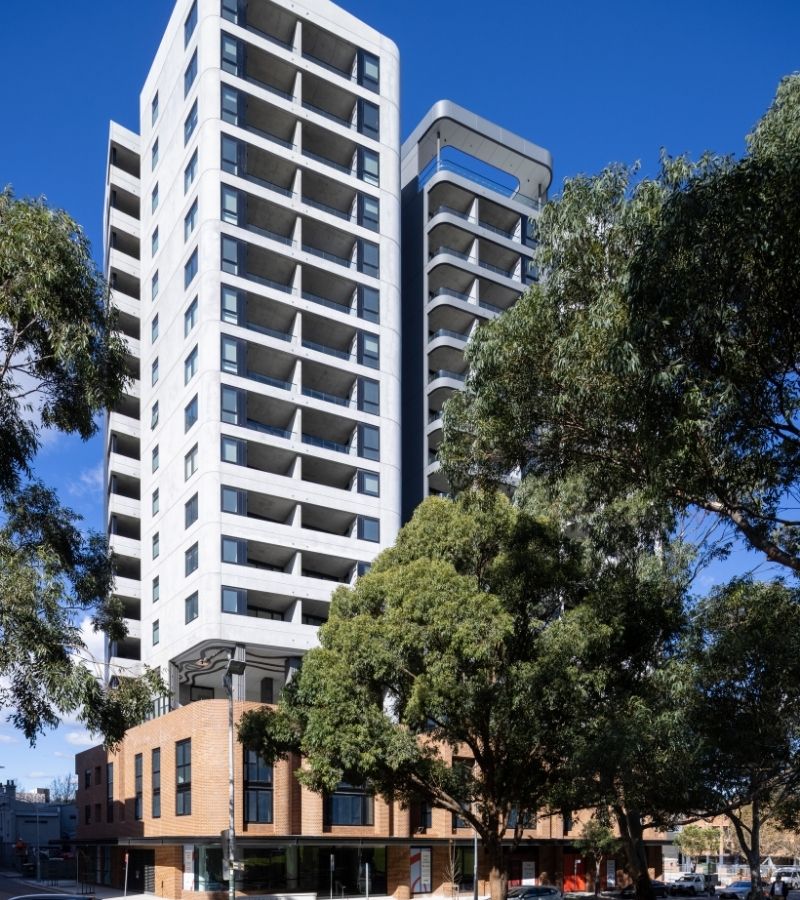Australia faces a projected need for almost 730,000 new social housing properties over the next 15 years and the growing weight of capital with ESG drivers may help meet the challenge.
“We have a strong role to fulfil and we want to mobilise capital partners who have got an ESG mandate,” St George Community Housing’s Andrew Brooks said.
Social and affordable housing is increasingly being recognised as an emerging global investment asset class with low volatility, long-term demand, stable economic return and, significantly, high social return.
As the largest community housing organisation in New South Wales—where more than 50,000 families are on the waitlist for social housing—St George Community Housing (SGCH) views the investment appetite driven by ESG as an opportunity “to deliver more and better social and affordable housing”.
“There’s a lot out there, particularly in the super fund field both nationally and internationally, with a mandate to invest in ESG,” Brooks said. “They’re starting to roll the base ... there’s only so many wind farms and solar farms, and so their social reach is getting deeper and further into people not just energy generation.
“We want to be part of building that picture and work with a few more like-minded partners on the capital investment side.”
Brooks is SGCH’s group executive home and will be a speaker at The Urban Developer Social and Affordable Housing vSummit on October 28.

Join us for a one-day virtual summit dedicated the affordable and social housing sector in Australia on Thursday, 28 October. Click here.
Over the past four years, SGCH has mobilised private investment of $475 million that leverages government contributions and has supported a pipeline of more than 1000 new social and affordable homes.
Brooks said the key to the success of SGCH has been the partnerships it has developed within different levels of government and the private sector ranging across the whole development process—including capital, design, planning, building, compliance, engineers and even traffic managers.
“Building that trust is foundational to good partnerships,” he said.
“In fact, we look at partnerships as investments in individuals and organisations that we want to work with because they understand our business and we understand theirs.
“We’ve all got variable degrees of experiences as to what projects have worked well and others that have had some challenges ... and I think you can meet the challenges better if you’ve got a unified team.
“So, when you find a good mix it’s worth sticking with it.”

Brooks cited SGCH’s recently completed $90 million 18-storey project at Redfern in inner-city Sydney that was earmarked for low-paid workers priced out of the city’s steep property market as a good example.
“The bonds we made with our partners on that project we want to roll that dice again a few times,” he said.
“We worked closely with the local authority, the state government and federal government to bring together different sources of funding and concessions.
“It was also our biggest project and the first piece of social and affordable housing to go into the Redfern area in 40 years ... and so we wanted to set a really good precedent to say what modern social and affordable housing can look like.”
Built on the site of an old City of Sydney depot at 11 Gibbons Street, the 162-unit tower was designed by DKO Architecture, in conjunction with the government architect, and constructed by Lendlease, with financing from the Clean Energy Finance Corporation and NHFIC as well as some of the units participating in the NSW Social and Affordable Housing Fund.
Brooks said SGCH’s development model is to design to a minimum 7-star NatHERS energy rating.
“Basically, it means we use a lot of insulation and double glazing and we don’t use air-conditioning but have natural ventilation,” he said.
“The end result there is, for example, on Gibbons Street a tenant in a two-bedroom unit should be able to save $500 a year on electricity costs or $350 a year in a one-bedroom unit because it’s so much more thermally efficient.”
SGCH’s portfolio has grown from 4000 homes in 2014 to 7000 homes with close to 12,000 customers.
“We’ve got good service delivery partnerships established in metro NSW and we’d like to leverage off those to do more,” Brooks said. “If we were 10,000 properties in three years that would be part of the growth ambition.”















